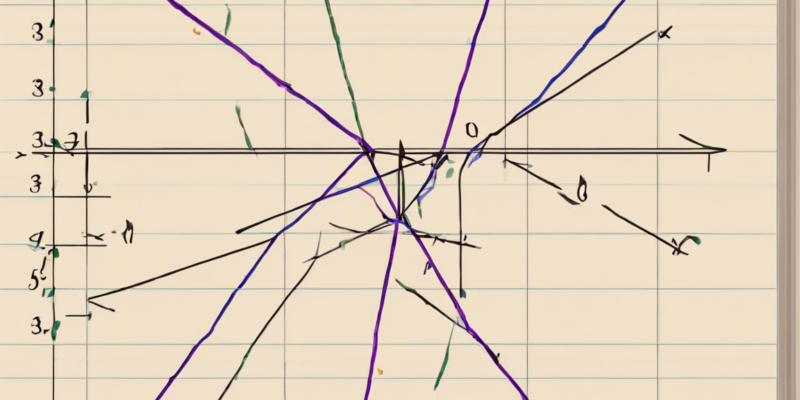If you’ve ever come across a situation where you need to divide a line segment into a certain ratio, understanding the concept of division ratio of a segment can be extremely helpful. In geometry, the division ratio of a segment refers to the ratio in which a line segment is divided by a point. This concept is crucial in various mathematical applications, including geometry, trigonometry, and even physics.
Introduction to Division Ratio of a Segment
In the Cartesian coordinate system, given two points A (x₁, y₁) and B (x₂, y₂), the division ratio of the segment joining these two points at a point P (x, y) can be expressed as m:n. Here, m and n are the ratio in which the segment is divided. The division ratio is usually denoted as (m : n) and can be positive, negative, or zero.
Understanding How to Find the Division Ratio
To find the division ratio of a segment joining two points, various formulas and concepts can be employed. One such method involves using the section formula, which helps in determining the coordinates of the point dividing the line segment in a given ratio. The section formula can be expressed as follows:
If the coordinates of points A and B are (x₁, y₁) and (x₂, y₂) respectively, and the point dividing the line segment in the ratio m:n is P(x, y), then the coordinates of point P can be calculated using the following formulas:
x = (mx₂ + nx₁) / (m + n)
y = (my₂ + ny₁) / (m + n)
Properties of Division Ratio of a Segment
-
Internal Division: When the point P lies inside the line segment AB, the division ratio is positive. The coordinates of P are calculated using positive values of m and n.
-
External Division: In the case where the point P lies outside the line segment AB, the division ratio is negative. The coordinates of P are determined using negative values of m and n.
-
Midpoint: When the division ratio is 1:1, the point P is the midpoint of the line segment AB. This means that the coordinates of P will be the average of the coordinates of points A and B.
Applications of Division Ratio of a Segment
The division ratio of a segment has several practical applications, including:
-
Architectural Design: Architects and engineers use division ratios to accurately divide spaces in buildings or structures.
-
Map Reading: Cartographers use division ratios to calculate distances accurately on maps.
-
Surveying: Surveyors use division ratios to divide land or map out boundaries effectively.
Frequently Asked Questions (FAQs)
- What is the significance of the division ratio of a segment in geometry?
-
The division ratio helps in dividing a line segment accurately at a given ratio, making it a valuable tool in various mathematical and real-world applications.
-
Can the division ratio of a segment be irrational?
-
Yes, the division ratio can be rational, irrational, positive, negative, or zero, depending on the given points and the ratio specified.
-
How is the concept of division ratio related to the golden ratio?
-
The golden ratio is a special case of division ratio where the segment is divided in a ratio that is equal to approximately 1.618, considered aesthetically pleasing in art and architecture.
-
Are there any limitations to using the section formula for finding the division ratio of a segment?
-
The section formula may not be applicable in three-dimensional space, as it is designed for use in Cartesian coordinates in two dimensions.
-
In real-world scenarios, how is the division ratio of a segment used in navigation applications?
- Navigation systems often use division ratios to calculate routes and distances between locations accurately, ensuring efficient travel and logistics planning.
In conclusion, understanding the division ratio of a segment is essential for various mathematical and practical applications. By grasping the concepts, formulas, and properties associated with this topic, you can efficiently divide line segments in specific ratios and apply this knowledge in diverse fields of study and work.

